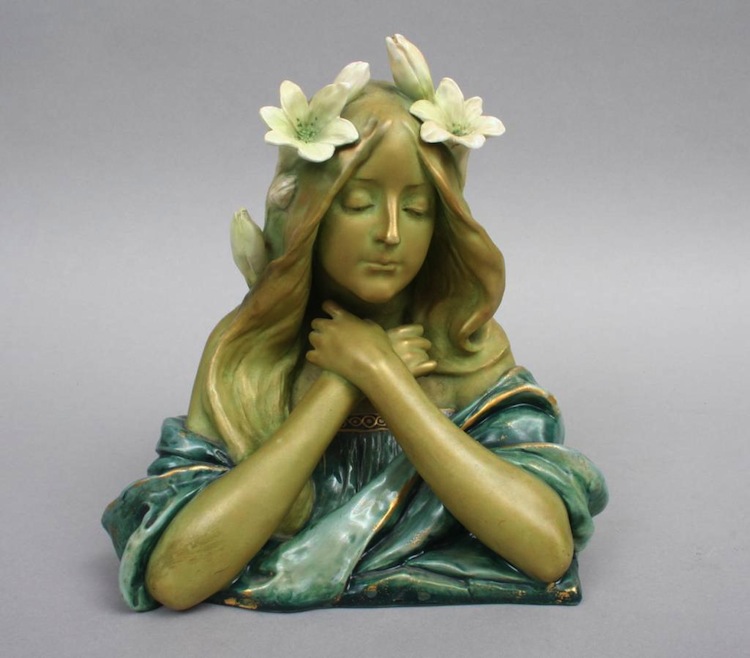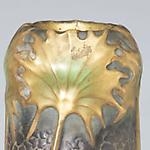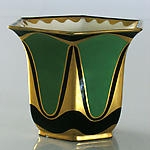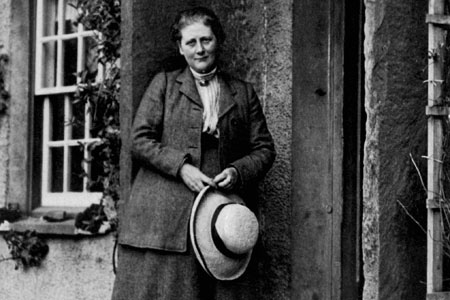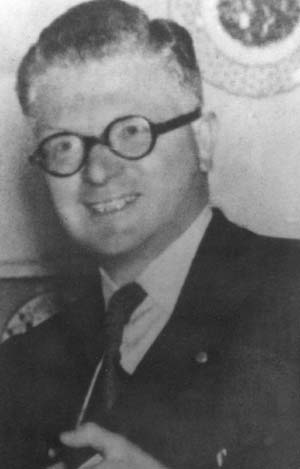By the late 1880s, merchant Ernst Wahliss had established himself as Vienna’s leading retailer in porcelain goods. In 1894, he purchased the Alfred Stellmacher factory in Turn-Teplitz, Bohemia, and began to produce decorative ceramics under the name Ernst Wahliss Kunst-, Porzellan- und Fayence-Fabrik. By 1907 his son Gerhard Martin Wahliss owned the factory and continued to create a variety of functional and decorative items in earthenware and porcelain.
The Serapis-Wahliss line, introduced in 1911, was made of fine white earthenware and decorated with geometrically stylized natural forms such as blossoms and peacock feathers. Hand painted with richly colored enamels, these decors represented the vanguard in Austrian ceramics. Designers like Karl Klaus, who had studied with Josef Hoffmann, brought a rare delicacy and urban sophistication to Wahliss’s output.

